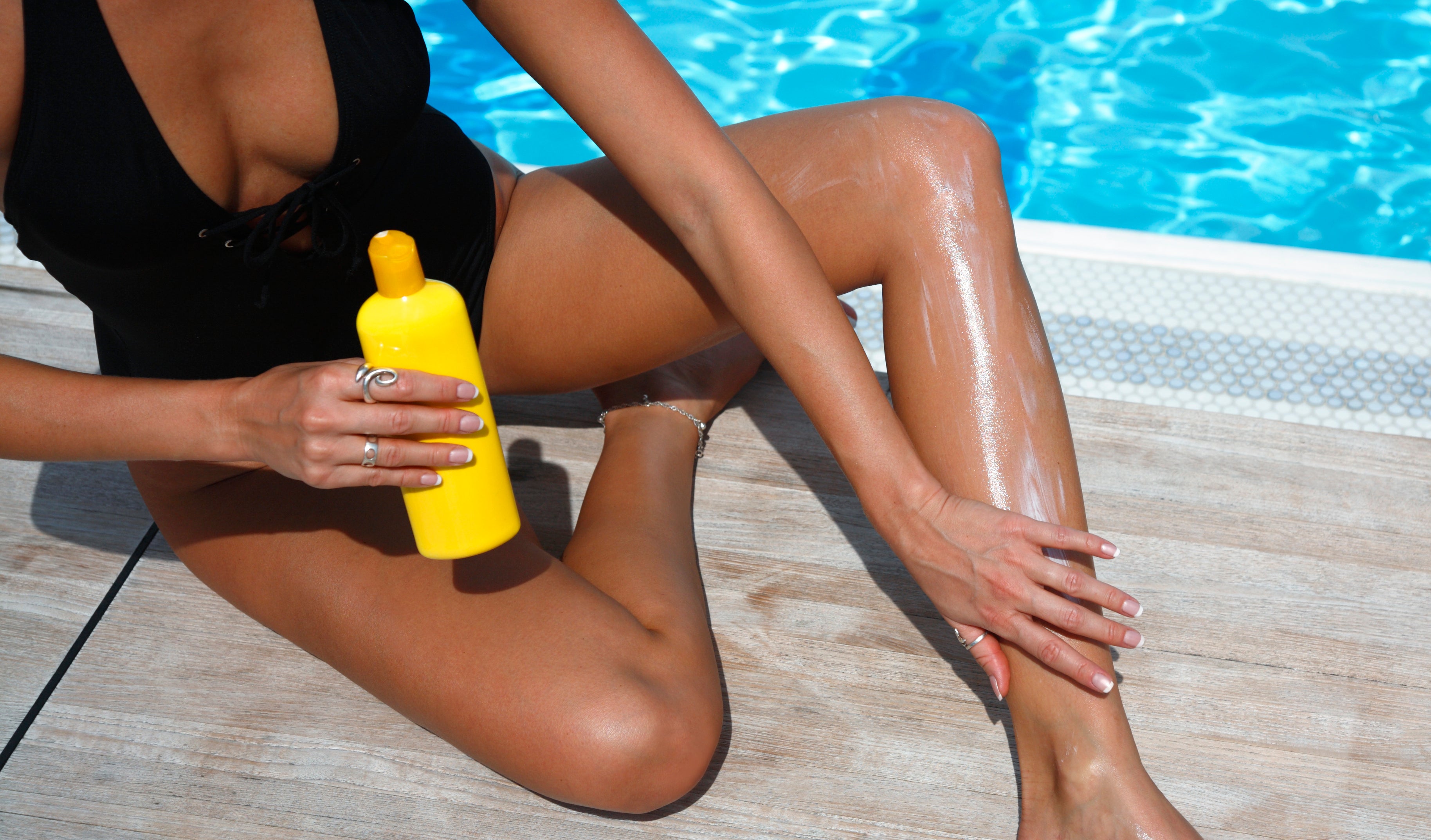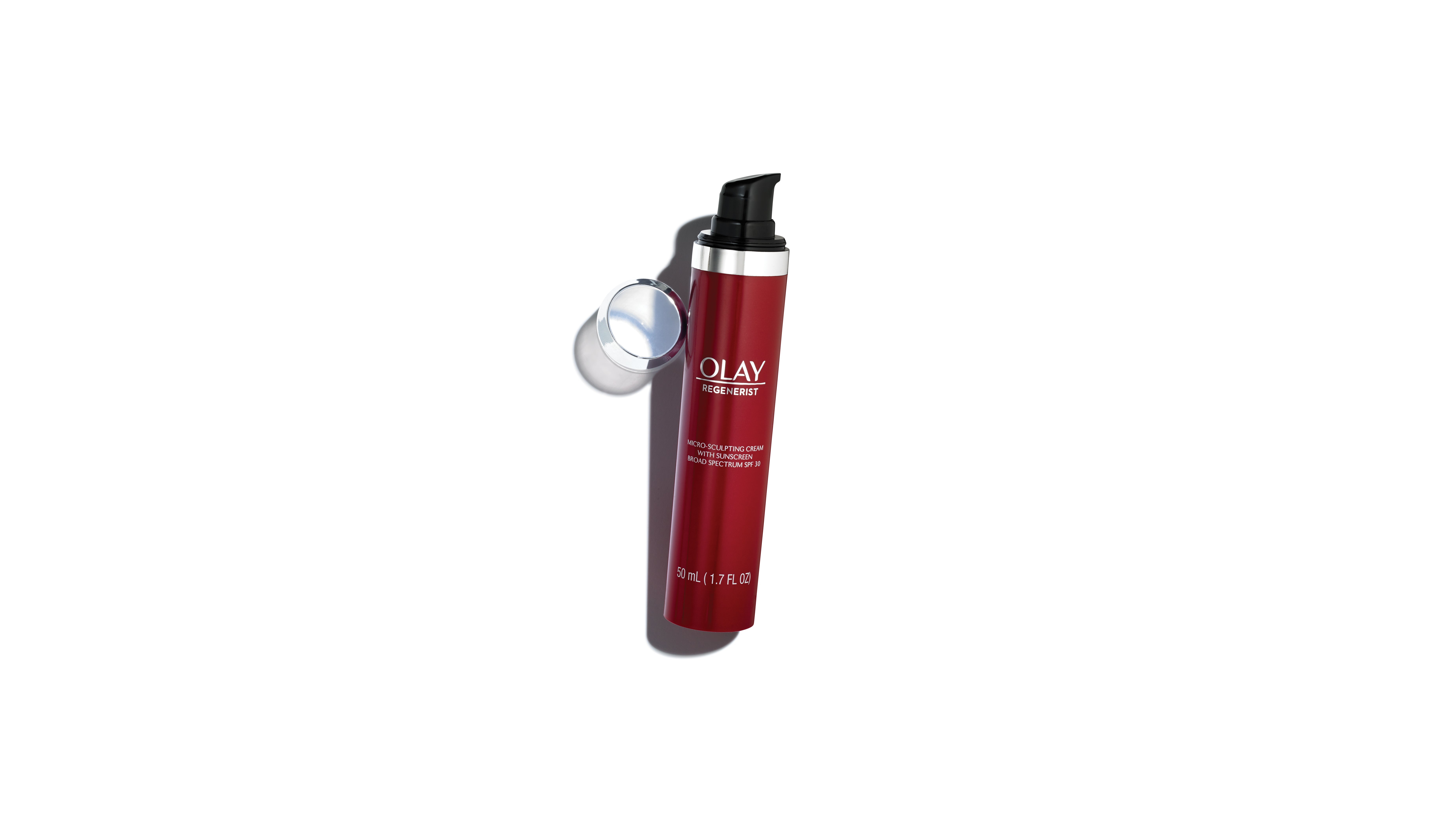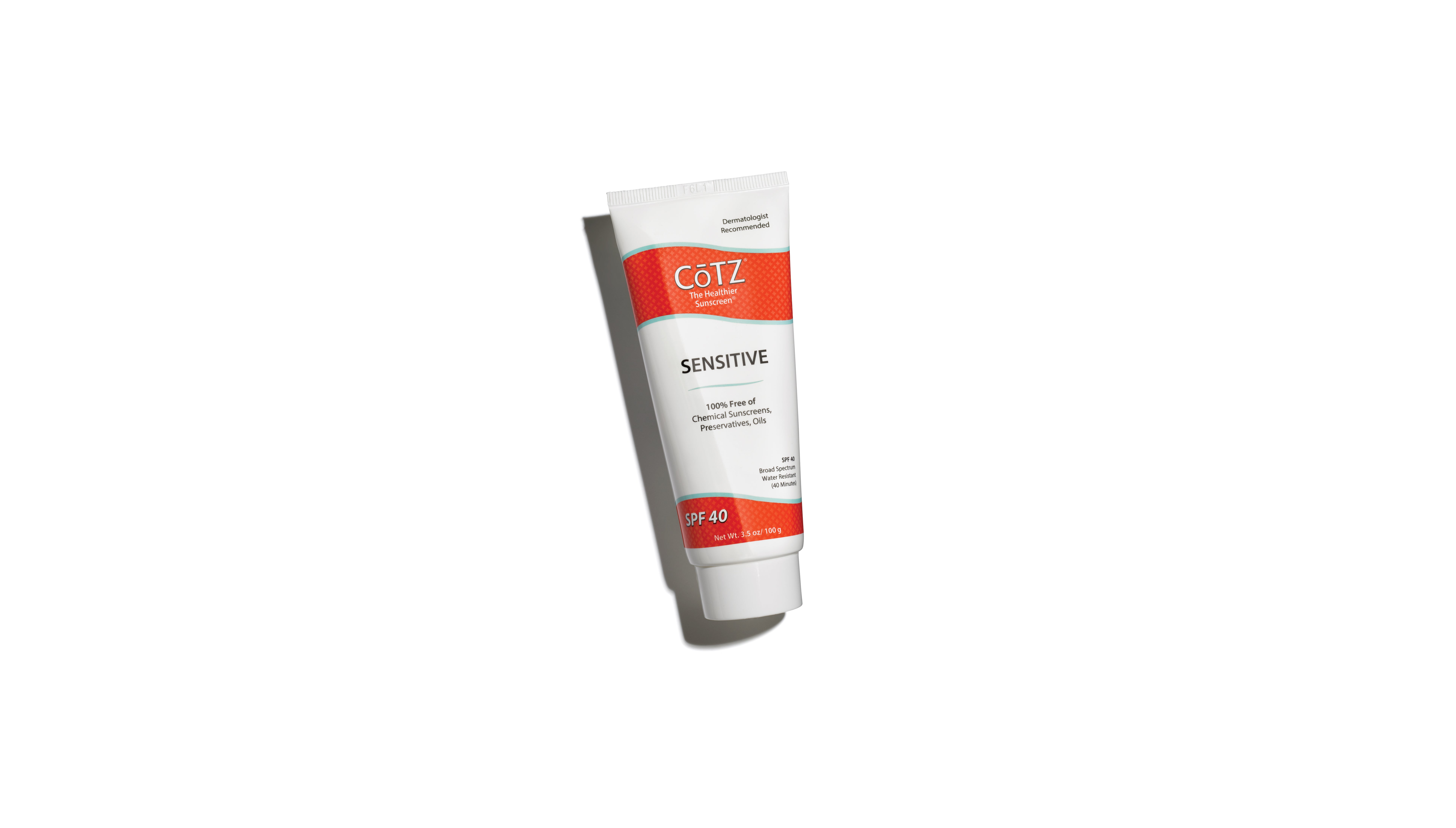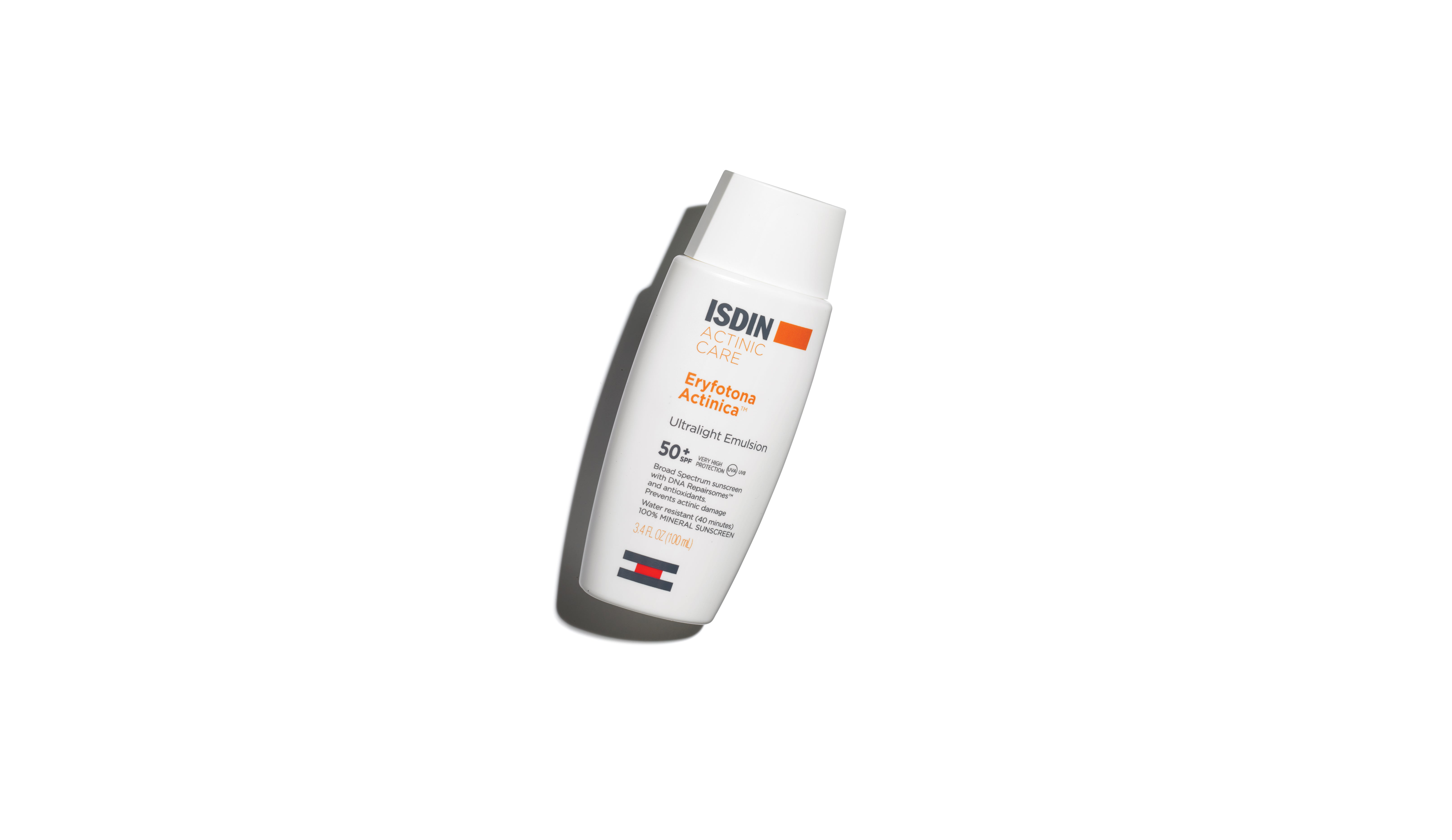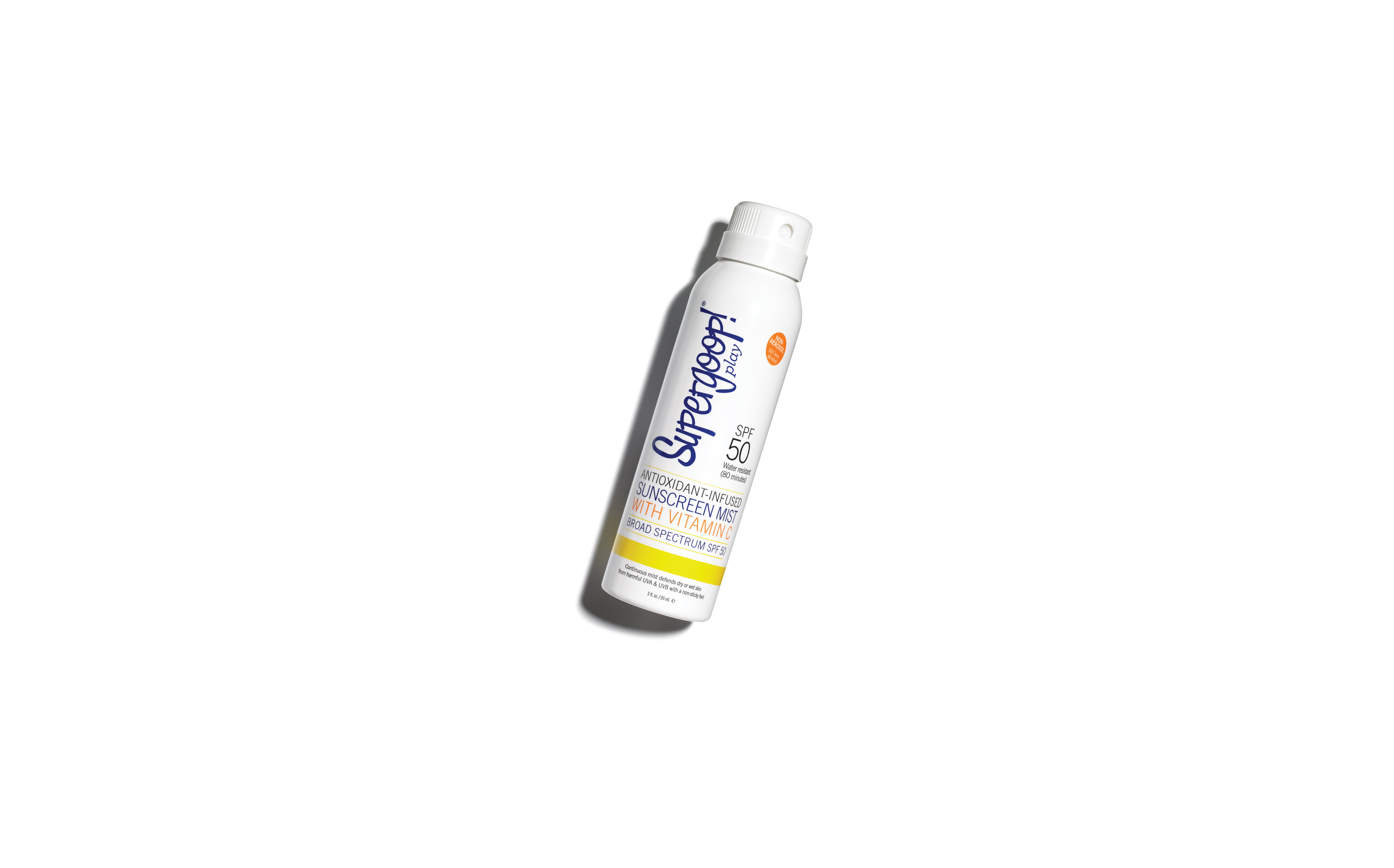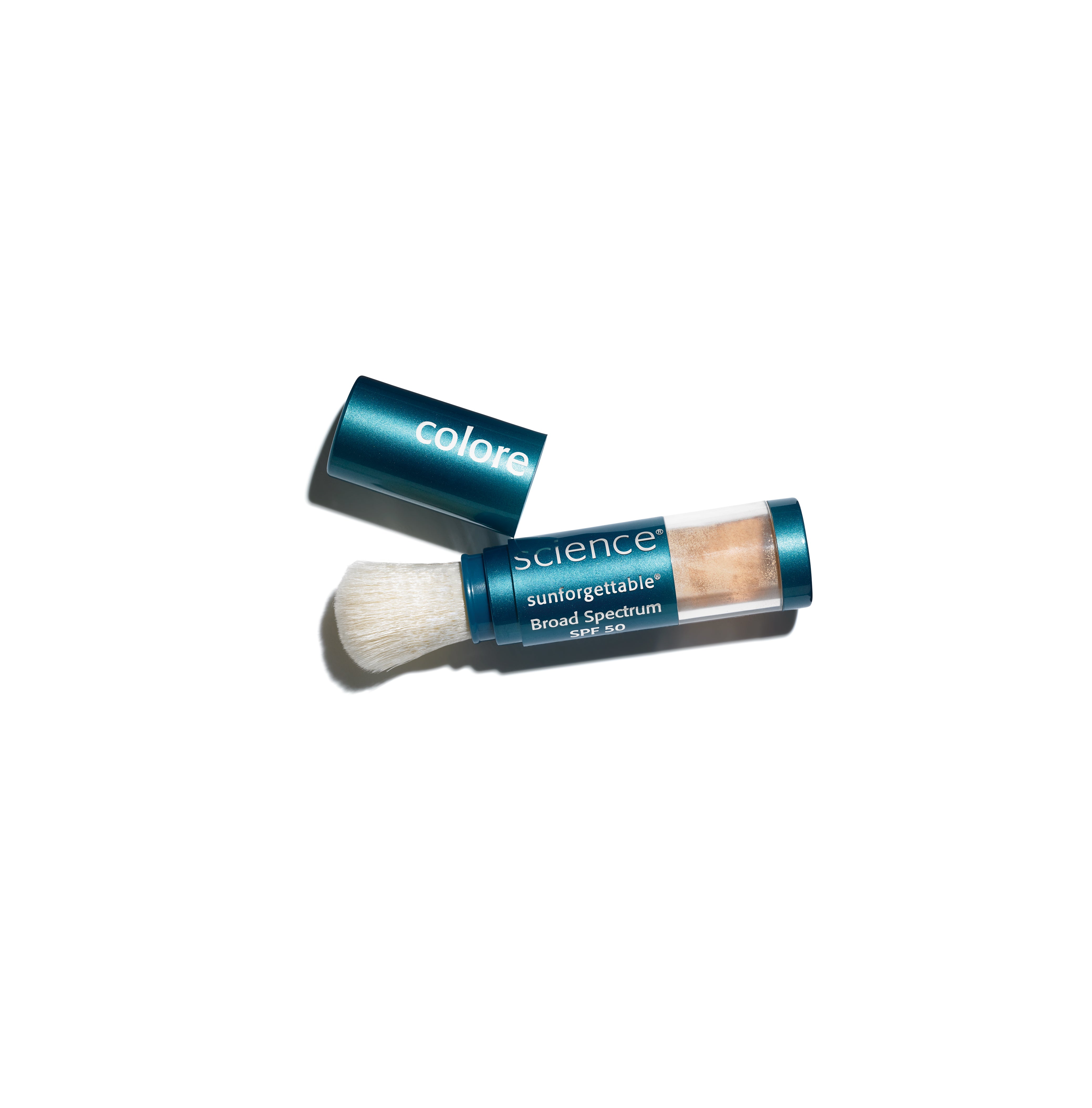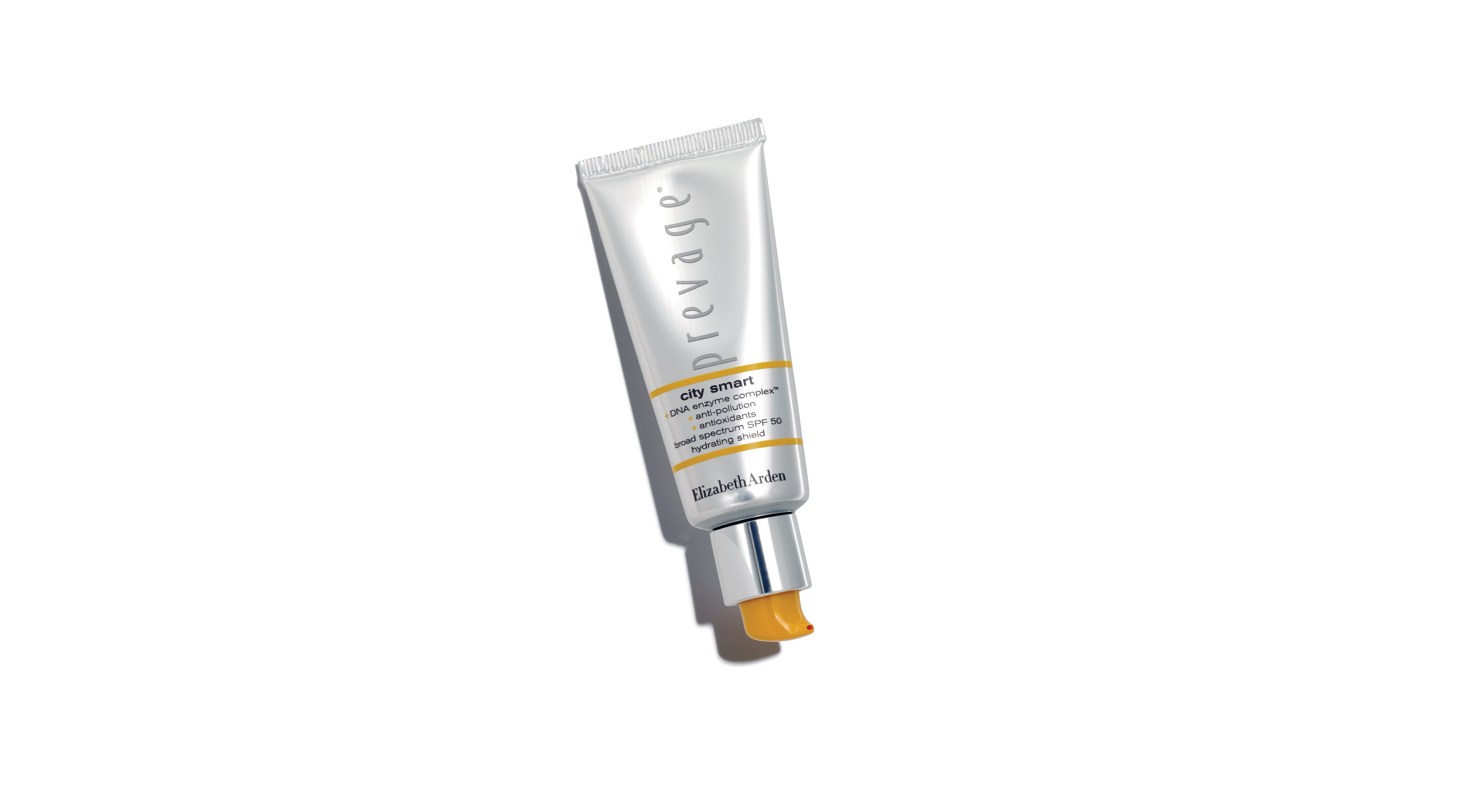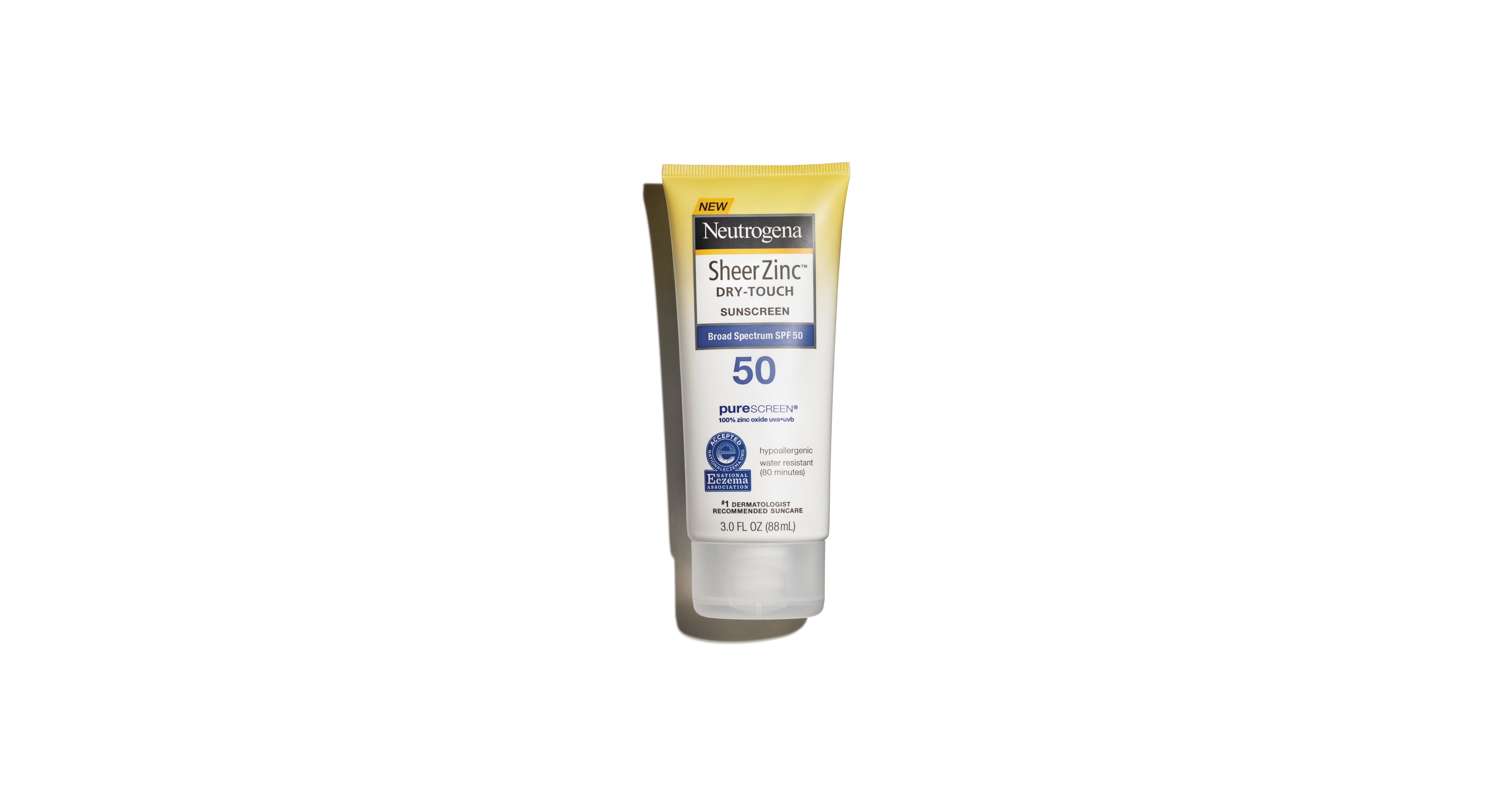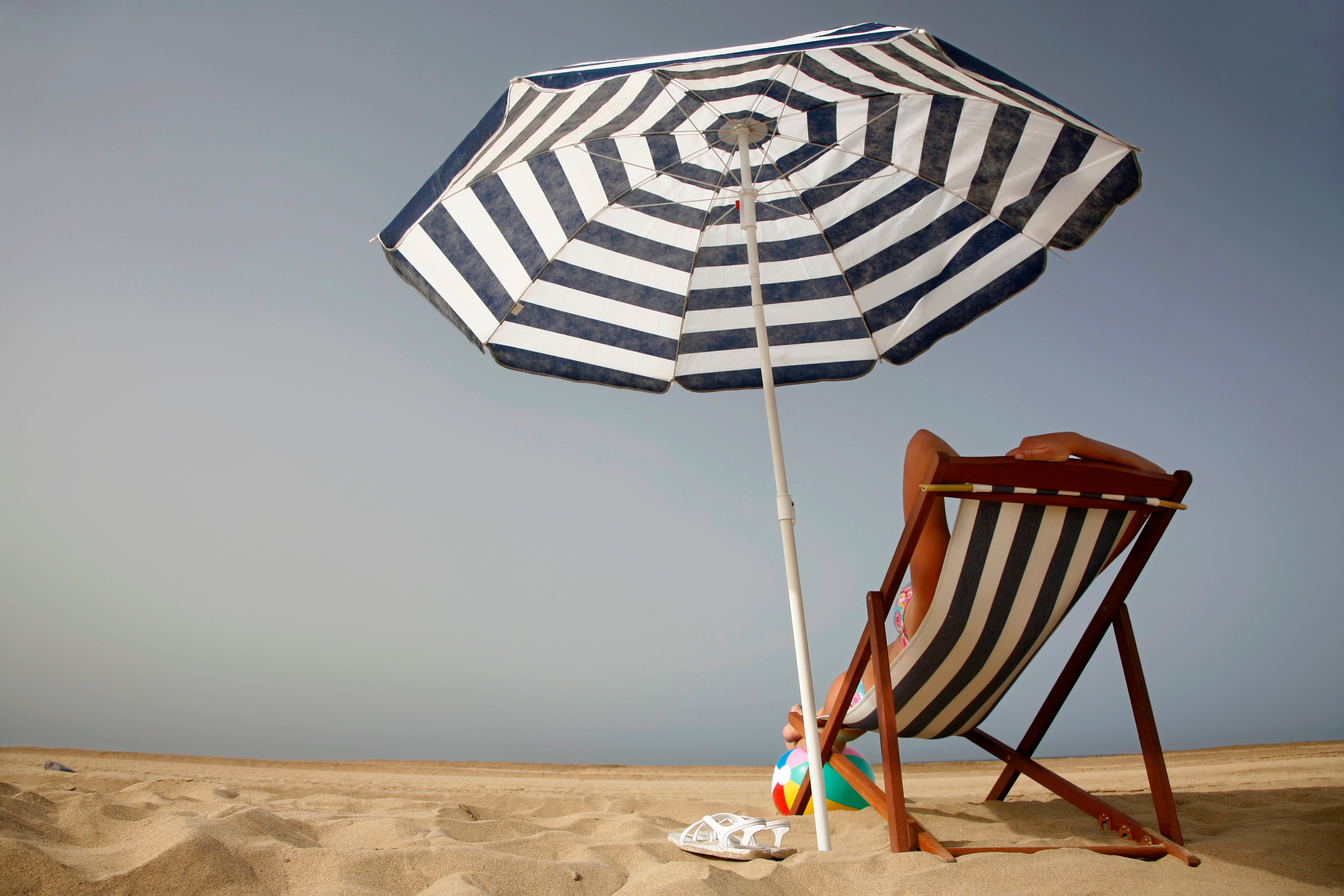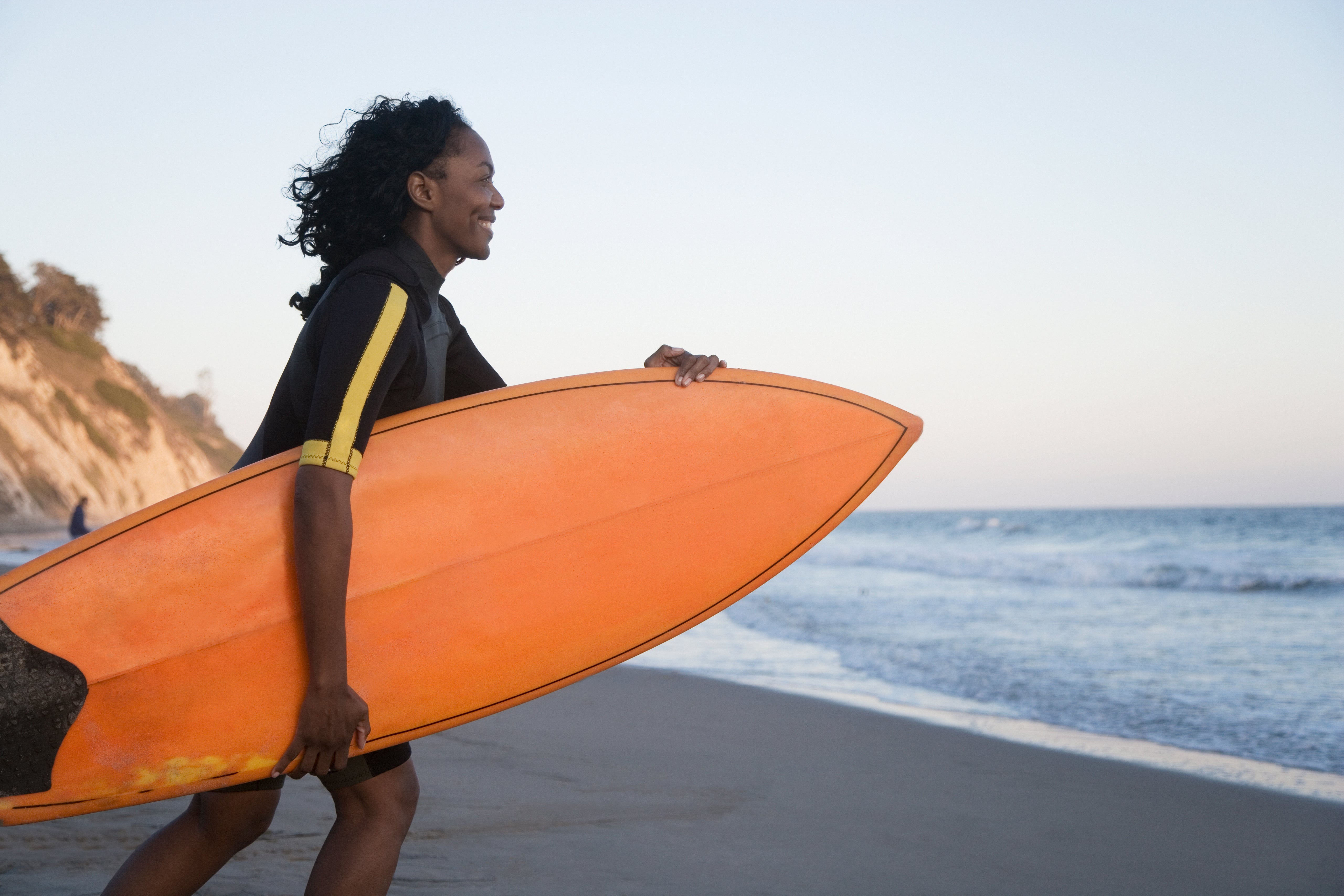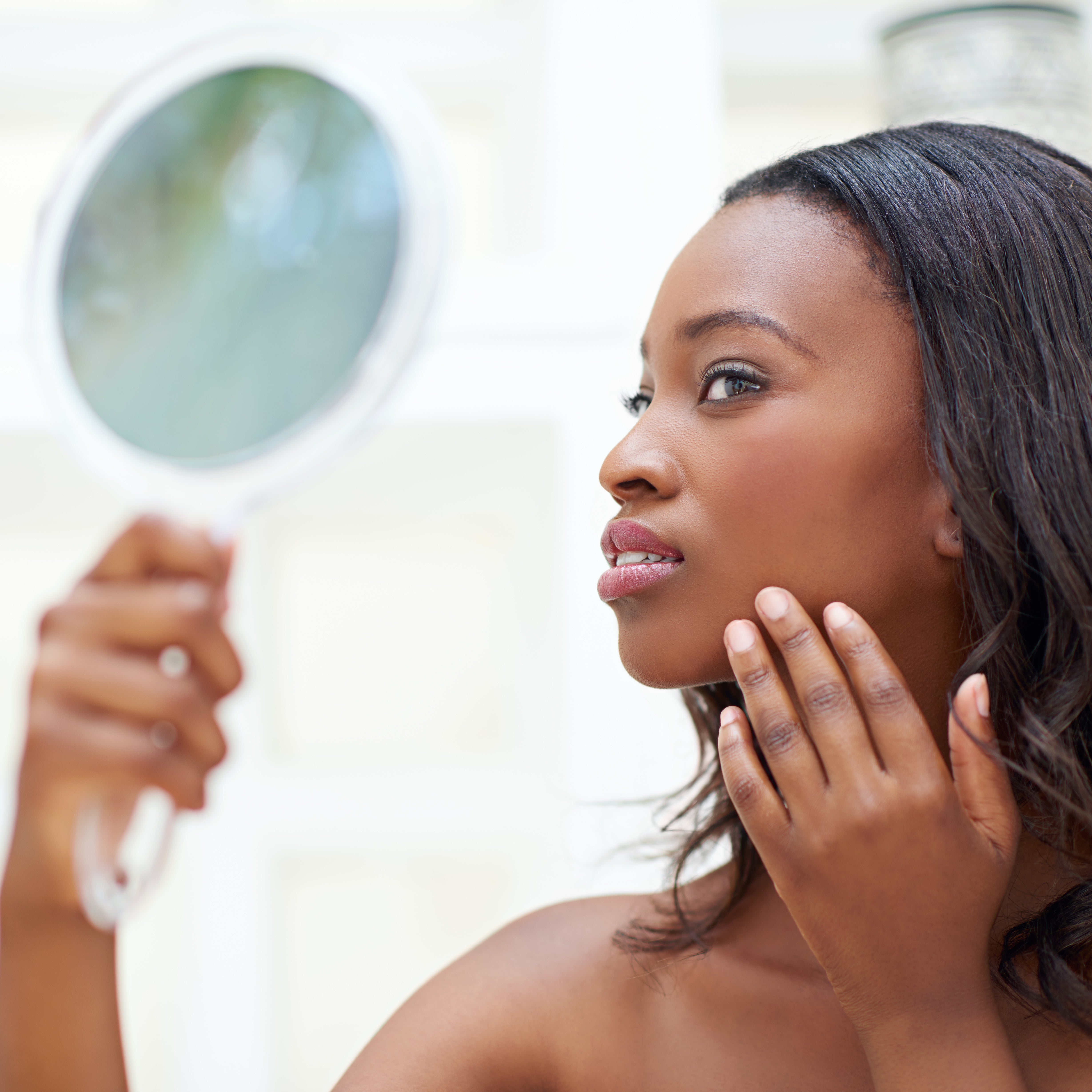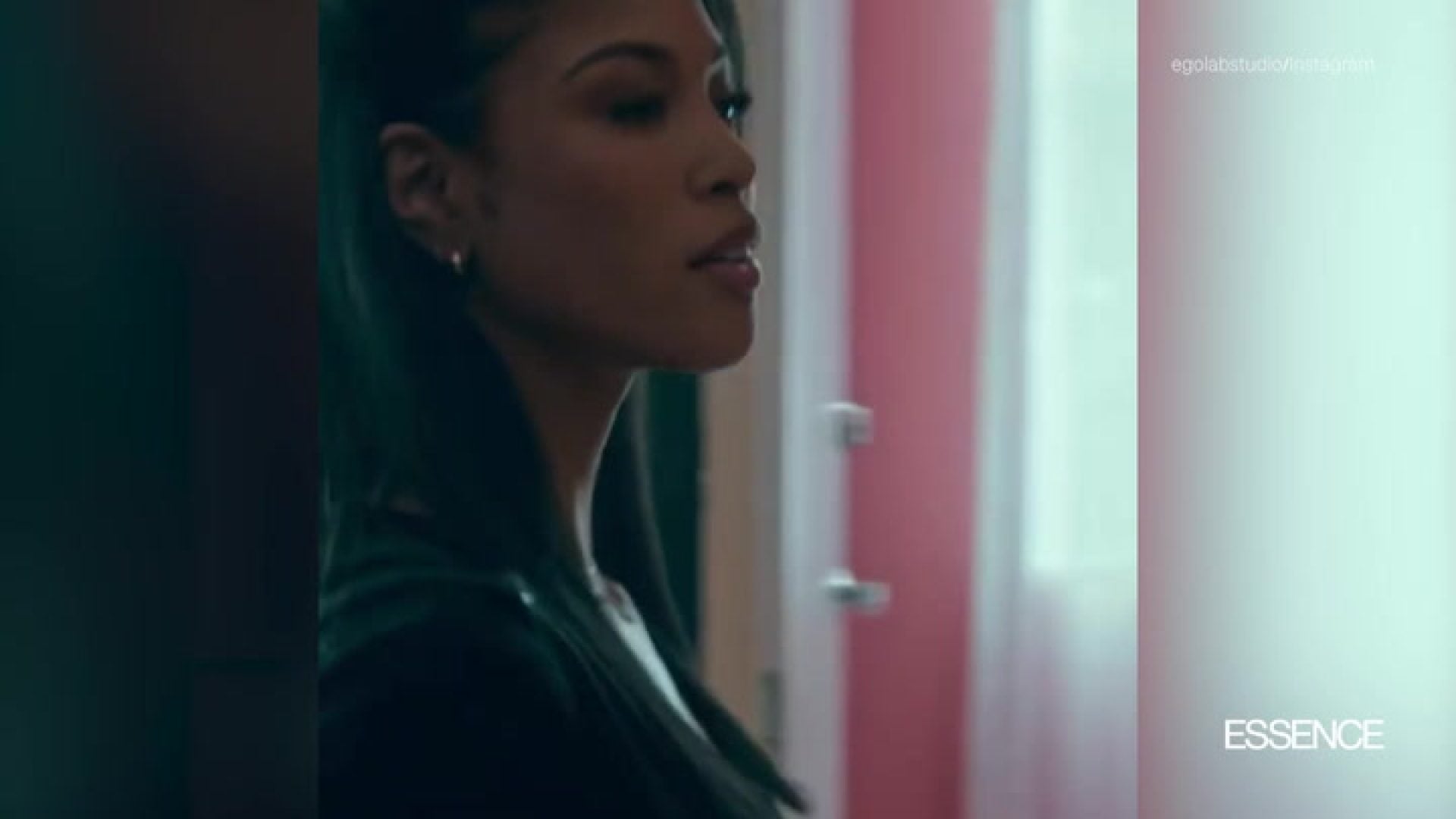This article originally appeared on Health.
Another summer, another reminder to wear sun protection. But instead of saddling you with impossible-to-follow rules (it’s summer, after all) or spotlighting your every SPF stumble (hey, we make ’em, too), we’ve curated a conversation with the country’s best skin doctors. Listen in as they share sunscreen breakthroughs, hassle-free tricks, and some unexpected reasons to get excited about SPF—no appointment or co-pay needed.
Subscribe to our daily newsletter for the latest in hair, beauty, style and celebrity news.
Smart Pick: Olay Regenerist Micro-Sculpting Cream with SPF 30 ($27; target.com).
“When people come in for Botox, fillers, and lasers, I tell them, ‘Ninety percent of what we’re aiming to treat—the wrinkles, brown spots, blood vessels, large pores—is strictly due to sun exposure.’ So a good sunscreen really is the best anti-aging cream you can buy—far better than any fancy department store serum. But you have to wear it every day of the year, not just in the summer, on tropical vacations, or at the beach. Even while driving, you’re exposed to UVA rays, which can also cause skin cancer and wrinkles.”
—Robert Anolik, MD, clinical assistant professor of dermatology at NYU School of Medicine
Smart pick: CoTZ Sensitive SPF 40 ($20; dermstore.com).
“By reducing inflammation and free radicals, rogue molecules that harm cells, sunscreen alone has been shown to improve rosacea—a chronic condition marked by redness, bumps, and sensitivity. Consistent sun protection can make acne-prone skin look clearer, too. You know the dark marks that develop after a pimple? The body takes care of them over time, but without daily SPF, they have a hard time fading. Choose a soothing mineral sunscreen that gives broad-spectrum protection without stinging skin or clogging pores.”
—Laurel Naversen Geraghty, MD, a dermatologist in Medford, Oregon
Smart Pick: Isdin Eryfotona Actinica SPF 50+ ($50; isdin.com).
“I see lots of skin cancer and sun damage along people’s hairlines and on the sides of their faces because most of us apply sunscreen from the center of the face outward. I tell patients to start at the perimeter of the face and work their way in, because for some reason, people will add more sunscreen to make sure they cover their cheeks and noses, despite not doing the reverse.”
—Doris Day, MD, clinical associate professor of dermatology at NYU Langone Medical Center
“Some people still believe getting a base tan is a healthy way to prevent burns. There is no such thing as a safe tan. That bit of pigment may give your skin an SPF of 3 or 4, which is nothing, and the fact is, any change in the color of your skin is a sign of damage.”
—Jeanine Downie, MD, a dermatologist in private practice in Montclair, New Jersey
Smart Pick: Supergoop Antioxidant-Infused Sunscreen Mist with Vitamin C Broad Spectrum SPF 50 ($19; dermstore.com).
“All sunscreens are held to the same FDA standard, so sprays— wipes, too, for that matter—do provide stand-alone protection. Some companies are even making zinc-based aerosols now. The trick is applying the right amount. I like to hold the nozzle about one inch from my skin, go over each exposed area with three passes, and then rub it all in to ensure I’m adequately covered and haven’t missed any spots. Use sprays in the open air so you’re not breathing them in.”
—David Bank, MD, assistant clinical professor of dermatology at Columbia Presbyterian Medical Center in New York City
Smart Pick: Colorescience Sunforgettable Brush On Sunscreen SPF 50 ($64; dermstore.com).
“SPF powders are widely underused reapplication tools. While I don’t recommend them for solo use—it would take a really thick layer to get complete protection from an SPF powder—a quick dusting can help with midday touch-ups. They’re a great backup for lazy girls like me.”
—Dr. Geraghty
Smart Pick: Elizabeth Arden Prevage City Smart Broad Spectrum SPF 50 ($68; nordstrom.com).
“Tinted sunscreens are different and more protective—they tend to be sheer and absorb well, so you can apply a good amount. If you can’t find a shade that suits you, blend your own. I’m very fair, so I mix a big dollop of sunscreen with a drop of my foundation and smooth it over my face, neck, and chest. The coverage is really natural-looking but significant enough to hide flaws.”
—Joely Kaufman, MD, director of Skin Associates of South Florida
Smart Pick: Neutrogena Sheer Zinc Sunscreen Lotion SPF 50 ($12; target.com).
“No one applies enough sunscreen to get the level of protection on the bottle. A thin layer of SPF 30 may give a real-life SPF of only 7 to 15. This is a key reason I consider SPF 50+ to be ideal. Even if we fall short, we may still get the protection our skin needs.”
—Dr. Geraghty
“A new study in the journal JAMA Dermatology shows that properly applying a high-SPF sunscreen gives better protection against UV light than sitting under an umbrella. Seventy-eight percent of those relying solely on an umbrella’s shade got a sunburn, compared with 25 percent who wore sunscreen. So while neither affords total protection, umbrellas leave us quite exposed, as sunlight reflects off the sand and sea and even the pavement and grass, too.”
—Joshua Zeichner, MD, director of cosmetic and clinical research in the department of dermatology at Mount Sinai Hospital in New York City
“[Baseball hats are] the equivalent of a hand cupped over your eyes, they were designed to prevent glare. They don’t shield the sides of your face or throw sufficient shade over your nose and lower face. The best sun hats have a tight weave and a three- to four-inch brim.”
—Heidi Waldorf, MD, associate clinical professor of dermatology at the Icahn School of Medicine at Mount Sinai Medical Center in New York City
“The average SPF of a white T-shirt is 7. That number drops to 3 if the shirt gets wet from sweating or swimming. Rash guards and sun-protective gear generally have an ultraviolet protection factor of 50, which means they block 98 percent of UV rays.”
—Dr. Downie
“Although skin cancer in skin of color is less common [than in skin of Caucasians], it may be more deadly. A 2016 study published in Journal of the American Academy of Dermatology found that African Americans were most likely to be diagnosed with melanoma in its later stages and have worse outcomes and survival rates than other groups as a result.”
—Michelle Henry, MD, clinical instructor of dermatology at Weill Cornell Medical College in New York City
“Even if you spent your early years slicked with baby oil, sun reflector in hand, only about 23 percent of your lifetime sun exposure occurs before your 18th birthday. Aging is an ongoing process, and daily sun protection, 365 days a year, is the best way to keep skin healthy and young.”
—Elizabeth Hale, MD, clinical associate professor of dermatology at NYU Langone Medical Center and a senior vice president of the Skin Cancer Foundation
